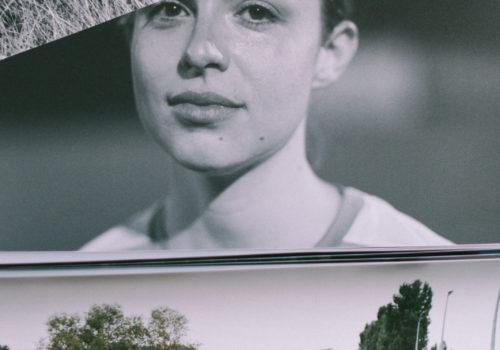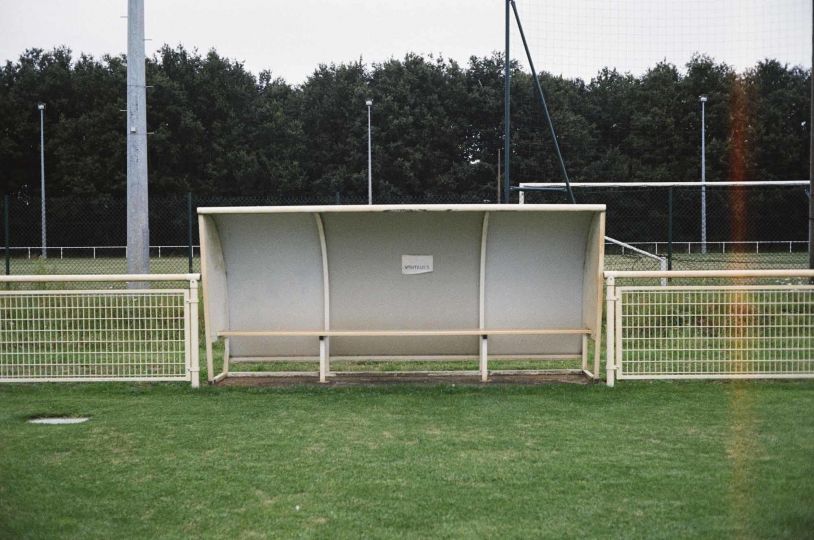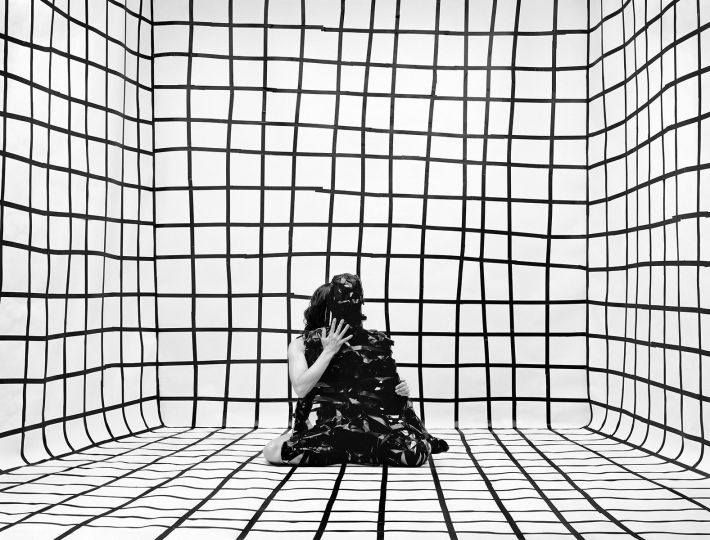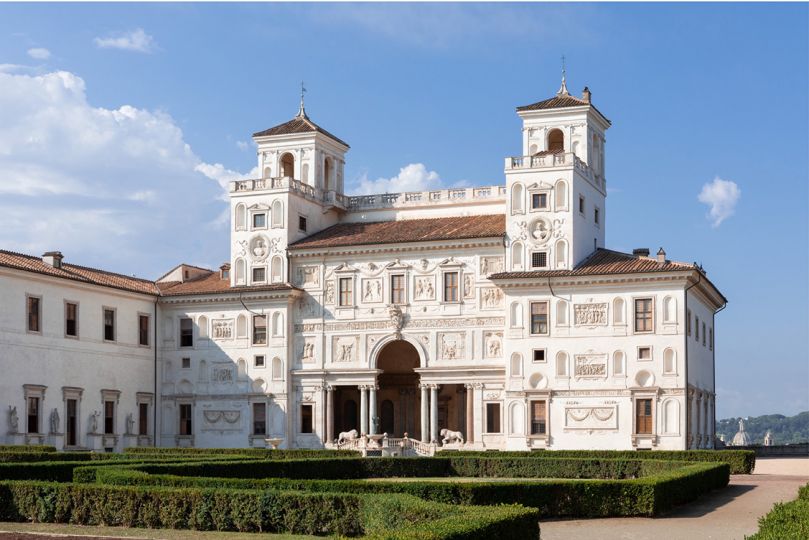Many photographers today take advantage of digital printing possibilities to envision exhibitions that break away from established print formats, juxtapose them, engage in dialogues, and offer the audience a new narrative for their photographic projects.
Since the early days of photography and daguerreotypes, which had a maximum size of 21cmx16.5cm, photography and its constant technical evolutions have gradually pushed the limits of print and expressive formats. Large-format images, particularly contributing to the integration of photography into museums alongside painting, have multiplied. Today, galleries, museums, and festivals worldwide are not hesitant to exhibit monumental prints. In France, for example, the Gacilly festival was one of the pioneers in presenting gigantic works on canvases that could reach 70m2. A format that is both artistic and democratic, as Yann Morvan explained to lemag-ic.fr: “People are willing to travel to see large formats. It’s playful, and it brings a more amateur audience to photography, which is a fantastic educational tool.”
Digital printing, on canvas, banners, dibond, framed or not… The possibilities are numerous and lead the new generations of photographers to appropriate formats and break the codes of classical exhibitions by playing with proportions, supports, working on overlay, entanglement, and playing with space and perception.
In a photography exhibition titled “L’AS,” exploring the backstage of a women’s football club, photographer Benjamin Rullier delicately considered the size of formats and the association, organization of images to create an authentic narrative.
The exhibition will inaugurate a newly renovated media library with walls inviting large formats, as well as different walls and spaces that can be discovered while strolling. For this series, I first chose to welcome visitors with a large-format print representing a towel placed on a mound of earth serving as a makeshift tribune. The somewhat enigmatic photo will be visible from the entrance of the media library, encouraging people to enter the space and the exhibition’s universe. Printing on satin paper from the Saal company allowed me to have deep and precise images that blend into the decor, like wallpaper, and then play with the contrast with smaller, sometimes framed formats that can overlap. I had references from exhibitions by Yann Gross, Wolfgang Tillmans, or David Favrod, for example.
A large part of the exhibition is dedicated to portraits of players, and I wanted them to appear in fairly large format, almost life-size, to emphasize a sense of realism. I also had fun playing with different spaces, leading to the discovery of other aspects of the club: a triptych of old directional signs indicating the direction of the stadium hidden in a corner, two diptychs of spectator objects, etc. By working with the Saal company for all these prints, I was able to easily play with different formats, sometimes framed, sometimes simply lightly pinned to the walls, while maintaining coherence in papers and print quality.
The narrative work is based on my vision of the project, what I want to convey, but it is not the same as in a book or on a website. It reinvents itself with the place it integrates, the light, the spaces. Playing with formats and images brings a more accessible, less formal aspect, making it easier for spectators to connect with the project, especially in places like media libraries frequented by people who may not necessarily come for the exhibition. The idea is that it should be a game for everyone.


















